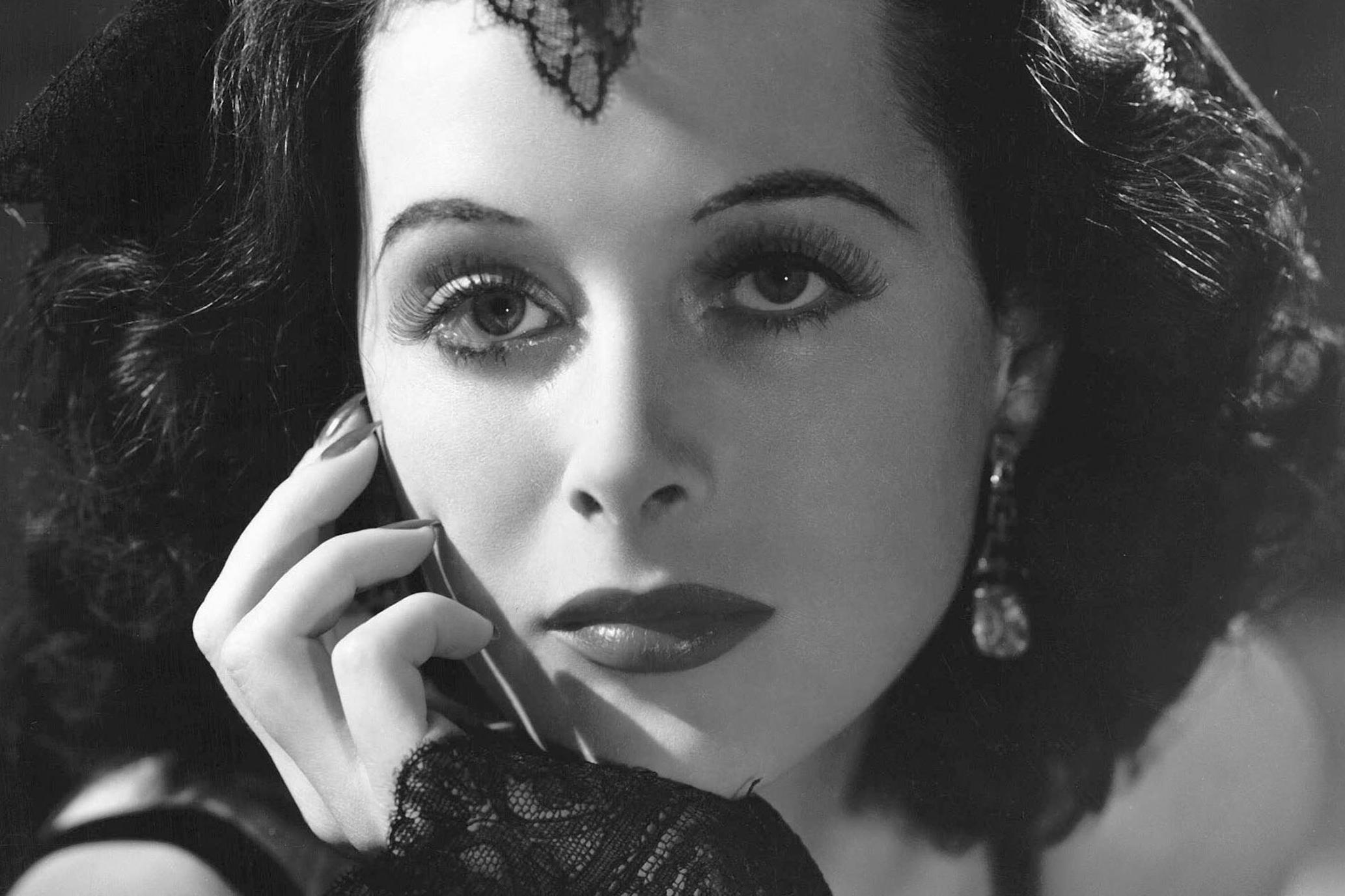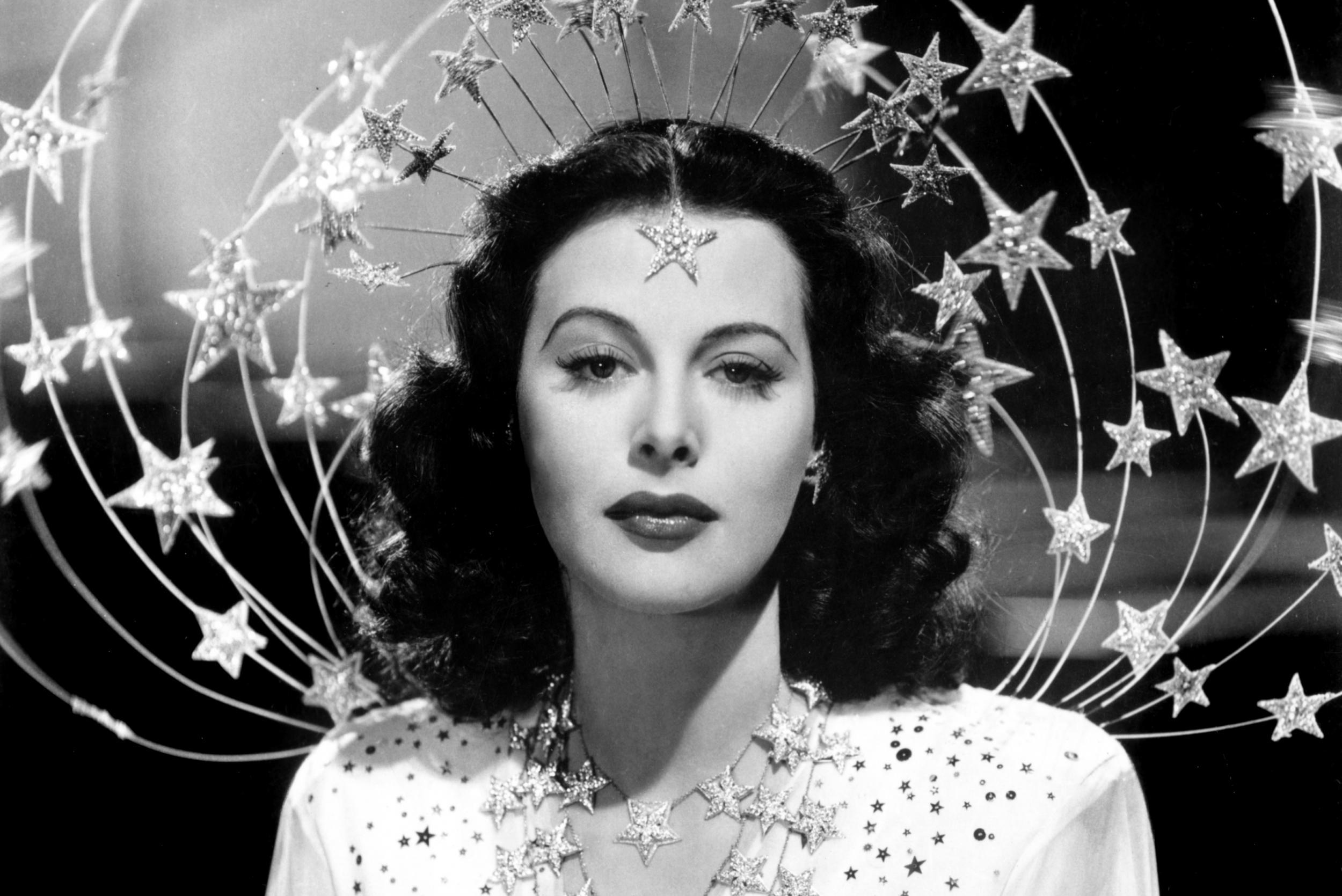Hedy Lamarr: The Hollywood bombshell whose genius the world tried to ignore
A new documentary hopes to reconcile the two Lamarrs – both star and inventor

Hedy Lamarr was born to innovate. Yet, the world was blind to her truth – all because of a pretty face.
Lamarr’s story is a familiar tragedy: of female brilliance sidelined, ignored, passed over. The victim of a gaze that sought to objectify her body and erase her mind, it deemed her “the most beautiful woman in the world”, but conceived of her as nothing more than an empty-headed trophy.
To the world, she was the Hollywood star of Algiers (1938), Ziegfeld Girl (1941) and Boom Town (1940), though best known as the great seductress of Cecil BDeMille’s biblical blockbuster Samson and Delilah (1949).
She made her name timeless, but the silver screen projected a mere phantom of Lamarr’s true self, a creation so that she could survive in this world and flourish. Behind closed doors was the second life of inventor, the co-creator of a frequency hopping system which has gone on to become one of the most significant communications developments of the 20th century. Her work later formed the basis for Bluetooth and wi-fi.
Lamarr had a complete inventing table installed in her home, with a smaller version gifted to her by one-time flame Howard Hughes. He was fixated on building the fastest planes in the world in order to sell them to the US Air Force. Lamarr took a book on birds, a book on fish, sketched the fastest creature of each and combined them. She showed the results to Hughes, who replied: “You’re a genius.”
The two Lamarrs – one in the spotlight, one in the shadows – are the subject of a new documentary by Alexandra Dean, titled Bombshell: The Hedy Lamarr Story. Her life is carefully recounted through news footage and interviews with the children of her six marriages, close friends, experts, and even Mel Books – a longtime fan she actually sued for naming one of his Blazing Saddles characters Hedley Lamarr.
The centre of the film, however, is a series of previously unheard tapes from an interview she gave Forbes magazine in 1990. A chance for her to tell her own story.
As it goes, Lamarr’s invention was created alongside her friend, composer George Antheil, during the summer of 1940. Born Hedwig Kiesler and raised in Austria to Jewish parents, she felt helpless in the face of the terrors being inflicted on her people, all while she sat, draped in luxury, an ocean away. And so, she and Antheil met to devise a way to protect Allied Navy ships in the Atlantic, specifically to prevent the interception of torpedo transmissions.
Lamarr had become familiar with the mechanics of weaponry during her first marriage to arms manufacturer Friedrich Mandl, a Jew who’d converted to Catholicism so he could do business with the Nazis. Lamarr would later claim that he’d kept her locked away in their home like a prisoner; she eventually fled – dressed as a maid – and made her way to Paris. That grim experience, at least, had offered her the insight she needed, which she combined with Antheil’s own knowledge of self-playing pianos.

Watch Apple TV+ free for 7 days
New subscribers only. £8.99/mo. after free trial. Plan auto-renews until cancelled

Watch Apple TV+ free for 7 days
New subscribers only. £8.99/mo. after free trial. Plan auto-renews until cancelled
Their invention, a frequency hopping signal, made it impossible for German submarines to interrupt radio-controlled torpedoes by spreading the frequency over a much broader bandwidth – 88 frequencies to be exact, the same as the standard number of piano keys. Lamarr and Antheil took out a patent for their “Secret Communications System” and pitched it to the Navy, but were turned down.
However, by the 1950s, they were using Lamarr’s technology. In 1957, it was adapted for use in transmitting the underwater positions of enemy submarines revealed by sonar. In 1962, it was present on the ships involved in the Cuban Missile Crisis. Their work has now been recognised as a precursor to the “spread-spectrum” wireless communication used in mobile phones, global positioning systems, and wi-fi technology.
Lamarr was not informed that her patent had run out. Uncredited, uncompensated – for an invention now estimated to be worth $30bn. Bombshell asks of you only to imagine how much more Lamarr could have achieved had she been given the tools, the trust, and the means afforded to her male peers. If she hadn’t been trapped behind that beautiful face, the one she called a “mask I cannot remove”.

She was a boundary-breaker, whatever the confines put on her. In 1933, she became an international sensation as the star of Czech film Ecstasy, thought to feature the first on-screen orgasm in a non-pornographic film. Later on, her plastic surgeons would exclaim that Lamarr would demonstrate to them new ways to cut and fold her skin so as to better hide the scars, with the techniques themselves becoming wildly popular.
A woman of such vision should live in triumph, but hers is the classic tale of Hollywood tragedy. She was one of many stars pushed into drug addictions by the studios that employed them: pumped full of substances to wake them up, to put them to sleep, all so they could work excruciating schedules. It came to impact her in later life, as her children recall increasingly erratic episodes. She eventually became a recluse, rarely leaving her house, but spending up to seven hours each day on the phone.
It was only in the last years of her life that the world seemed to finally awaken to her achievements. In 1998, Lamarr and Antheil were honoured with an Electronic Frontier Foundation Award. She did not appear in person to accept it, but spoke to the crowd over the phone.
She died two years later, though not before she could witness the start of those two Lamarrs – star and inventor – begin to reconcile into one. Bombshell hopes to continue that work.
Bombshell: The Hedy Lamarr Story is in UK cinemas now